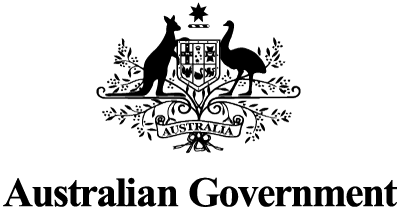What is the food regulation system
The joint Australia and New Zealand food regulation system is made up of the policies, standards and laws that make our food safe to eat.
All levels of government in Australia and New Zealand and a wide range of stakeholders have a role in the system.
Who is involved
The key government agencies and ministers in the food regulation system include the:
- food ministers in Australia and New Zealand – they are responsible for the food regulation system and for setting food policy
- Food Standards Australia New Zealand (FSANZ) – an independent authority responsible for developing the Food Standards Code
- state and territory agencies – they are responsible for implementing, monitoring and enforcing food regulation in Australia
- Ministry for Primary Industries – it is responsible for implementing, monitoring and enforcing food regulation in New Zealand
- Department of Agriculture, Fisheries and Forestry – it is responsible for implementing, monitoring and enforcing food regulation for imports in Australia
- local government agencies – they are responsible for helping to implement and enforce food regulation in Australia and New Zealand.
Stakeholders and partners – including consumers, the food industry and experts – also play a role. They help to identify and prioritise the role of food regulation.
How the food regulation system works
The system includes processes to:
- develop food policy – to provide an overarching framework for addressing food issues
- make food standards – these mandatory requirements must align with the policy framework
- implement and enforce food laws – to ensure the standards are followed
- respond to food incidents – to stop people getting sick or being harmed.
View the agreements and laws that set out how the system works in Australia and New Zealand.
Aims of the food regulation system
The aims of the system are to:
-
protect the health and safety of consumers
-
enable consumers to make informed choices about food
-
support public health
-
support a strong, sustainable food industry to provide:
-
a diverse and affordable food supply
-
economic benefits to Australia and New Zealand.
-
To achieve these aims, we work to:
-
reduce food-related risks
-
ensure consumers have the information they need and are not misled
-
promote healthy food choices
-
maintain and enhance the nutritional qualities of food
-
respond to public health concerns
-
reduce the burden of compliance on the food sector
-
align Australian, New Zealand and international food standards
-
make it cost effective to comply with food standards.
The overriding priority is to protect public health and safety.
Approach to food regulation
Regulation is not always the best or only way to achieve the above aims. The food regulation system considers the broader context of food issues and the most appropriate tools to address them.
Broader context
We consider the priority of food issues in the context of broader strategies, such as those for:
- public health
- animal and plant health
- food industry development
- international cooperation in food safety.
We consider:
- what role food regulation can or should play in these strategies
- if these strategies can resolve the food issue, with or without food regulation
- if and how we can work with other organisations to resolve food issues.
Appropriate tools
We also consider whether regulation is the most appropriate tool to address food issues, using the principles of good regulation. These principles require us to be:
- efficient – use a level of regulation that resolves food issues with minimal cost and impact on competition
- effective – make regulation that is flexible and has clear outcomes, and that people can comply with and enforce
- equitable – ensure the regulation process is clear, transparent and fair.
Regulation includes the adoption of food standards. Where regulation is not appropriate, we consider non-regulatory tools. These include:
- voluntary schemes or codes – such as the Health Star Rating system
- education and guidance – such as the InfoBites fact sheets
- resources to support regulation – such as the Safe Food Australia guide
- engagement activities – such as consultations
- self-regulation – such as the microbiological criteria for food.
More information
To find out more about the scope of the food regulation system and how it operates, see the Food Regulation System Statement.


